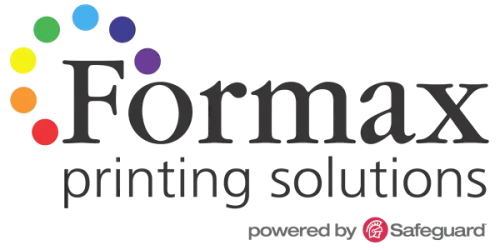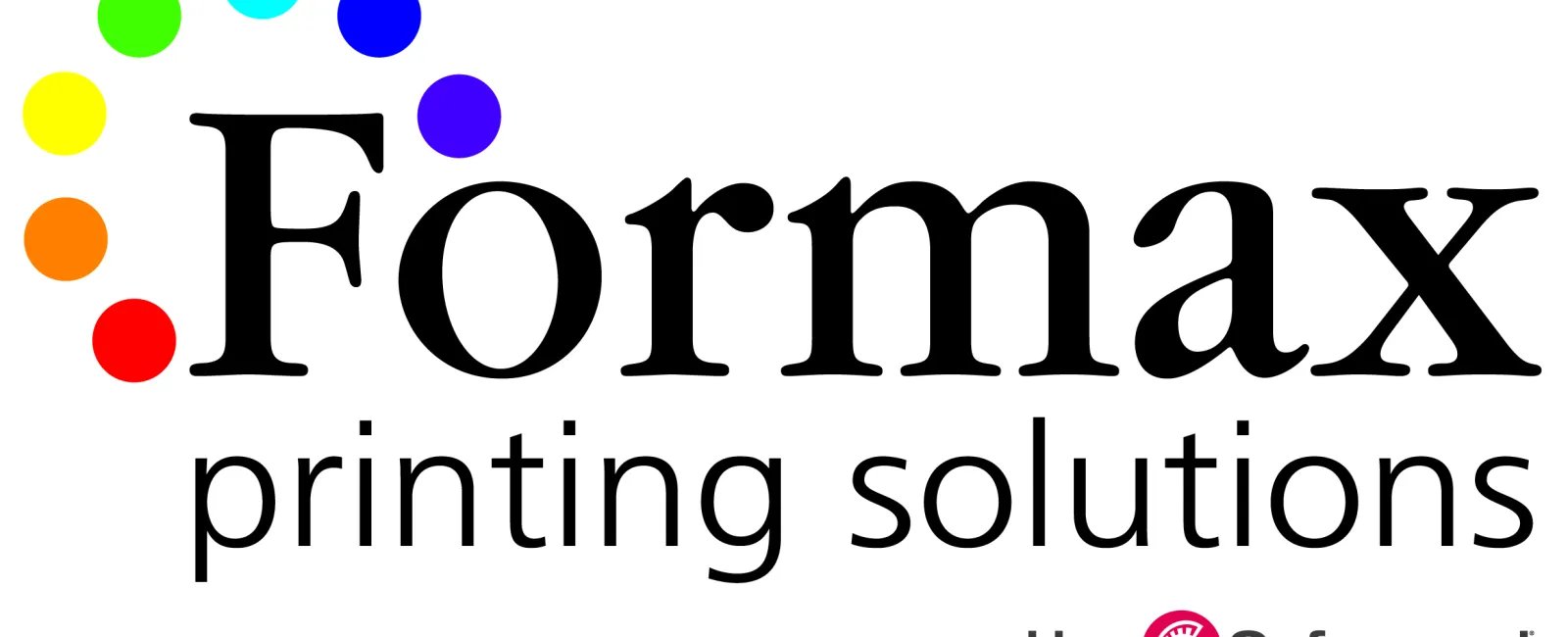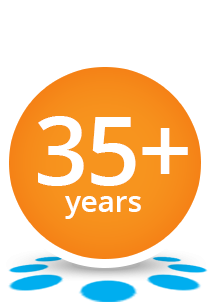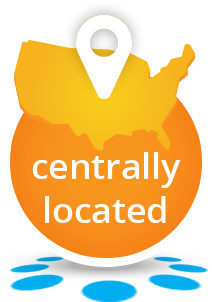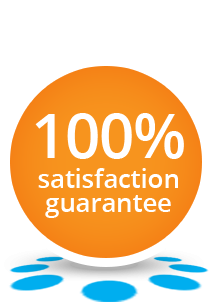
You've got a new concept for a printed magazine and you're eager to get the ball rolling. But before you get too deep into the creative elements of writing articles and working on the design and layout, it is imperative that you consider the printing phase of your magazine.
Though printing will be one of the last steps in bringing your concept to life, it is important to learn as much about the printing stage as early as possible. After all, the last thing you need is to be blindsided by an unforeseen surprise or expense when you are ready to submit your print ready artwork.
So whether you're planning a monthly, a quarterly, or another publication frequency, your goal is to achieve newsstand quality for the lowest possible investment. With that in mind, below is a list of six things that will have an effect on the appearance and cost of your magazine—valuable insights whether you're using an in-house setup or outsourcing to professional magazine print services.
1) Binding Style -
Magazines are typically bound with the Saddle-Stitch method or the Perfect Binding method. In most cases, the binding style you choose will be dictated by the number of pages in your magazine.
If the page count is relatively low, the Saddle-Stitch method is recommended. Saddle-stitched magazines are constructed from folded sheets that are held together by wire staples. The staples are driven through the crease of the magazine's spine to secure the pages as a unit. Though simple, the result is a very professional looking magazine.
In addition, saddle-stitching is a very economical binding option. It also allows the magazine to lie almost flat when opened. This works well for artwork that spans two adjacent pages (also known as crossover images).
Conversely, if your magazine has a relatively high page count, the Perfect Binding method is recommended. Perfect Bound magazines are created by gluing the pages and cover together at the spine with a strong, flexible glue. The other three sides of the magazine are then trimmed as needed to give them clean "perfect" edges. Also, unlike the saddle-stitch method, perfect binding often allows for printing on the magazine's spine.
2) Dimensions -
The dimensions refer to the width and height of the magazine in its finished form (also known as the trim size). Although magazines can be printed with just about any size you choose, bear in mind that all commercial printers have certain page sizes they offer as standard sizes.
These standard sizes are determined by the type of production equipment used by the printer. Designing your magazine's page size to conform to one of your printer's standard page sizes will optimize the production of your magazine and keep the cost as low as possible.
On the other hand, a magazine designed with non-standard page dimensions may not match well with any of your printer's presses. As a result, the production run would be inefficient and have a poor paper yield. The excess paper becomes waste and can add quite substantially to the cost of a magazine run.
Needless to say, knowing which page sizes your printer can produce most economically is good information to have before starting on the layout of your magazine. Not to discourage creativity or unique design, but a few subtle design changes upfront could translate to big savings later. So get your printer involved early in the process.
Furthermore, a magazine's size not only affects its production cost, it can also affect the postage cost to distribute the magazine to readers. So, if your magazines will be sent individually through the mail, your printer will likely be able to make size suggestions to help keep your mailing costs as low as possible. Sometimes tweaking your page dimensions by as little as 1/2" can result in a postage decrease.
3) Quantity -
The quantity of magazines being created in a single production run will determine the type of printing press best suited for producing it. Because most established magazine titles have high readership levels and widespread distribution, the run quantities are large enough to warrant production on high-speed web presses.
A web press is an offset printing press that is fed from huge rolls of paper. As the paper unwinds from the roll, it forms a continuous "web" through the press. This web of paper is held taught by a series of rollers, which move the paper through the press. The paper is cut into smaller parts after receiving the inked images. A web press is the most cost-effective printing method for large runs of magazines and other multi-page documents.
However, a start-up magazine will not likely have a large production run-at least in the early going. Hence, initial runs of a recently-launched magazine are more likely to be produced on a sheet-fed printing press. Unlike a web press, which is fed from a continuous spool of paper, a sheet-fed press has separate sheets of paper entering the press one after another.
Web presses and sheet-fed presses both create high quality printing, but magazines produced on a web press will have a lower unit cost than magazines produced on a sheet-fed press. But again, the production volume must be large enough to necessitate a web press run-a volume level that a new magazine title may take a while to achieve.
Also, just because the unit cost of a magazine decreases as the order quantity increases, it is still wise to consider which run size is optimal for your specific situation. A lower unit cost is great, but not if you're ordering more magazines than you'll ultimately need.
4) Page Count -
In addition to determining the binding style, the page count of your magazine (along with the total quantity of magazines needed) will help your printer calculate how much paper is needed to produce your project.
By the way, when you relay the magazine's page count to your printer, be careful. Page counts are often mis-communicated. For example, open up a magazine and flip through it. As the individual sheets flip by, notice that each of these sheets has two sides. Your printer refers to each side of these sheets as a separate page. So to a printer, every sheet within the magazine represents two pages. However, those new to printing often refer to each sheet within the magazine as one page.
5) Ink Colors -
Many magazines are produced with a full-color cover and full-color pages. This is because full-color provides maximum visual impact. This is especially true if your magazine accepts advertisements. Often, there is a mixture of full-color images and black-ink text.
Should one assume that money will be saved by using more black-ink pages than full-color pages? Well, sometimes yes and sometimes no. It really depends on the layout of the magazine, and where the black-ink pages fall in relationship to the color pages.
Also, your printer may ask if any ink coverage extends all the way to the edge of the pages or cover (known as a bleed). If so, the artwork layout will need to be created slightly larger than the finished trim size. Crop marks will also need to be added, so your printer will know exactly where to trim off the sections that bleed. If in doubt, check with your printer before getting too far along in the design phase.
6) Paper Characteristics -
Most magazines use a very thin paper stock for the interior pages. One reason for the light stock is that magazines do not normally see frequent use. In most cases, a magazine is generally only looked through a few times. This means long-term durability is not really a factor in the construction of the magazine.
Another reason for using light stock is that many magazines are distributed through the mail. A lighter paper stock means less weight, which can reduce postage costs. A third reason is that thinner paper helps reduce bulkiness, which can become an issue if the page count of the magazine is on the high side. A fourth reason is that thinner paper is cheaper than thicker paper.
We mentioned the use of web presses in point #3 above. A web press can print on very light paper stock. However, a sheet-fed press encounters problems when printing on very lightweight stock. This means a newly launched magazine may have to start off using thicker paper for its pages because the production volume may initially be too low for a web press. But as the magazine gains readership, production can then switch from a sheet-fed press to a web press in order to capitalize on the efficiencies associated with a web press. Namely, a higher running speed, improved paper yield, and the ability to print on thinner (and less expensive) paper stocks.
In addition to paper thickness, the paper characteristics you select - such as texture and sheen level - largely depend on the image you are aiming to project. For example, a magazine made with a heavier, lustrous cover provides a higher image of quality than a thinner, duller cover.
There are also a variety of paper coatings available to enhance the look and durability of your magazine. For example, you may wish to have a clear coating - such as a gloss aqueous coating or a high-gloss UV - applied to the cover of your magazine. A high-gloss UV coating not only increases the durability, it also enhances the vibrancy of the ink colors and makes your cover artwork grab attention.
If you have any questions about an upcoming Magazine project just give Formax a call at 866-367-6221. Or, if you already know your specifications fill out our quote request form. We look forward to assisting you!
Take Care, Rick
